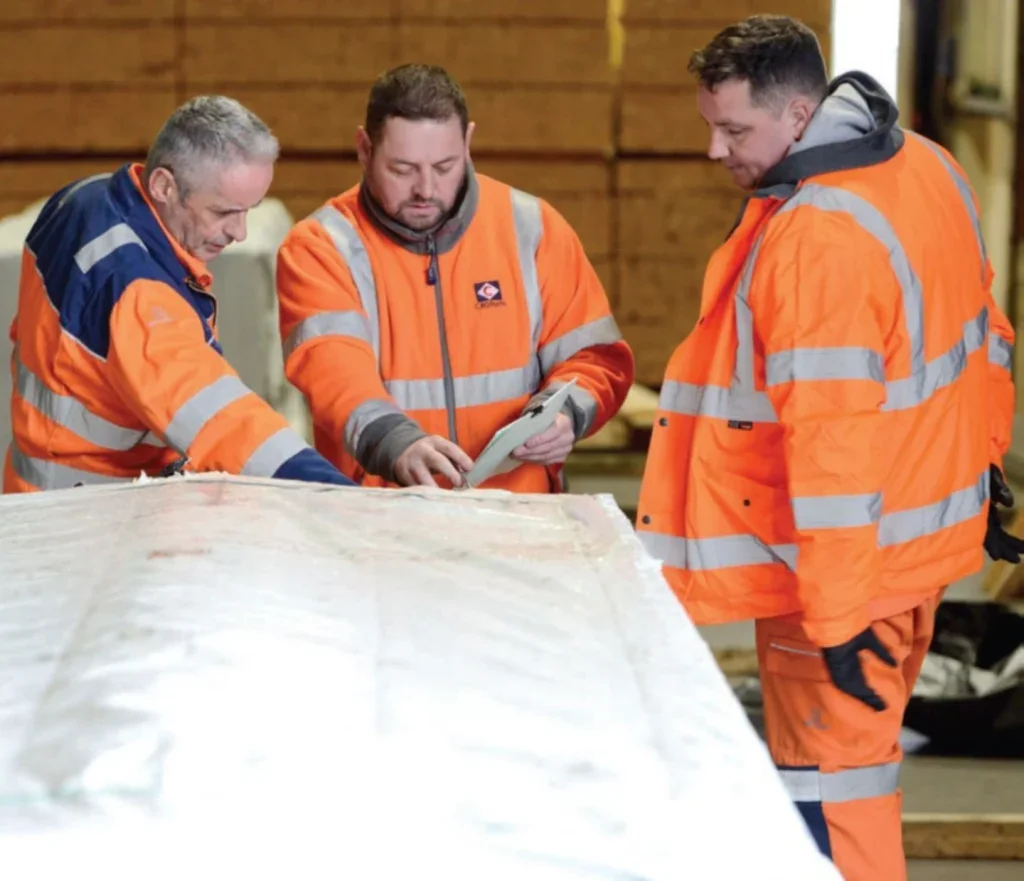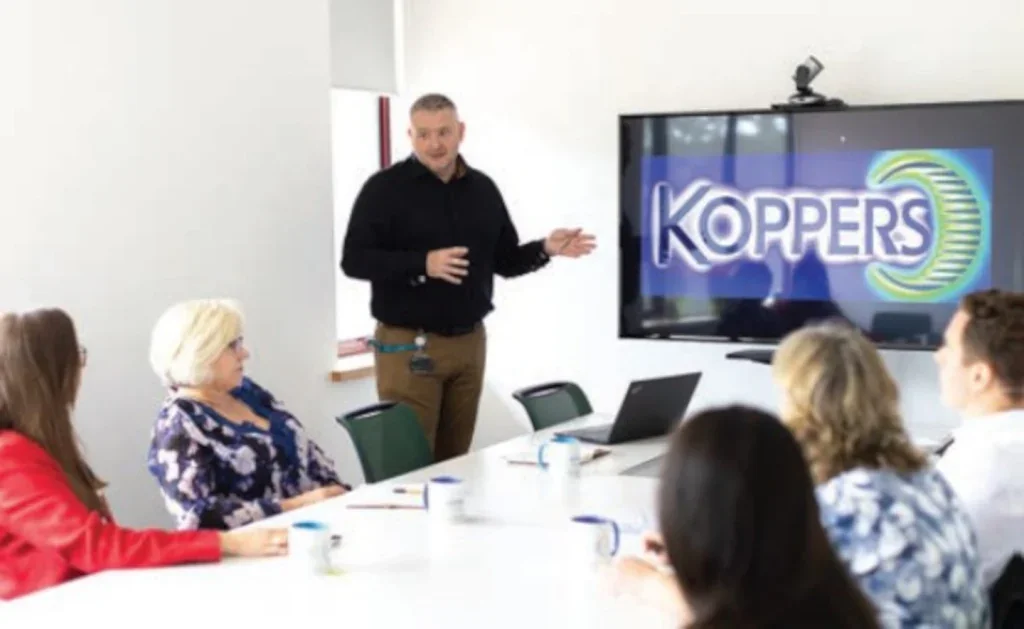
Timber construction is slowly getting the green light in the UK and is becoming the material of choice on more high-profile projects. But before developers jump in the deep end with timber, we need to educate the entire industry on how to do it best.
Timber isn’t a ‘one-size-fits-all’ resource. Its use case and effectiveness depend on the location and environmental conditions in which it’s used, and this is largely influenced by how it’s treated. Different applications demand different treatment processes to guard against specific environmental threats, and the knowledge of these distinctions is vital.
For timber to meet its potential as a sustainable, durable and cost-effective construction material, the industry must understand what it takes to make timber efficient and durable, in light of other construction materials claiming to be recyclable and sustainable. It needs to become familiar with the different use classes, applications and treatments so that selecting the right product for the right job becomes second nature. Without this foundational understanding, the risk of creating unsuitable timber structures increases.

WHAT THE SUPPLY CHAIN NEEDS TO KNOW
Treated timber is categorised into various use classes based on where and how it will be applied. These classes dictate the type of treatment that is required to protect the timber from physical and organic decay. Generally, treated timber falls into three main use classes for construction purposes:
- Use Class 2 applies to timber used indoors, above ground, and within a building’s structure, that’s at risk mainly from internal sources such as leaks or spills. Typical examples include roof timbers, tiling battens and ground floor joists.
- Use Class 3 is for timber used externally, where it may frequently get wet but does not come into direct contact with the ground. This is subdivided into 3c (coated) and 3u (uncoated) classes and is applicable for decking boards, above ground fencing, structural timber, cladding, and balconies.
- Use Class 4 is the most resilient of all and covers timber in direct contact with the ground or water, such as fence posts, decking substructures, and soil retaining walls. Here, the timber faces the highest risk of decay, making it unavoidable to apply the necessary treatment.
Familiarity with these classifications is key to ensure that timber is used appropriately in different stages of construction projects. And so, widespread understanding of these classes needs to be reinforced to ensure that the right materials are chosen for the right settings.

The architect or specifier may not specify the ‘use class’ in their specification – which means it’s up to the contractors and builders to purchase the correctly treated timber. For this they are dependent on merchants, who in turn are dependent on timber treaters for the specifications to be communicated clearly. Collaboration and communication between all these stages will be necessary for the whole cycle to work seamlessly from start to finish.
Making resources, such as those created by the Wood Protection Association (WPA), widely available is an important starting point for all industry stakeholders to establish the guard rails for the scale-up of timber.
UNDERSTANDING ENVIRONMENTAL IMPACT IS A MUST
The value of timber in cutting emissions in the built environment, which represents a quarter of the UK’s carbon footprint, should be common knowledge. However, it is fair to say the environmental claims of concrete and plastics manufacturers have often overshadowed the true environmental benefits of timber.
Naturally durable and affordable, sustainably sourced timber is a crucial building material for combatting climate change. Timber sequesters carbon until the end of its active life (which means until it is disposed of, rather than when a tree is processed). When properly treated, timber structures, such as fences, sleepers and more, can last even longer than their concrete counterparts – with the carbon stored for this time.
Mass education on the environmental credentials of treated timber is essential, in addition to the use of robust sustainability data and certifications across the timber supply chain. In the UK, there are two relevant industry standards: BS EN 195978 is the standard for whole life carbon assessments against which timber products will be measured, while BS EN 15804 governs the production of Environmental Product Declarations (EPDs) that attest to a product’s sustainability credentials.
KNOWLEDGE EXCHANGE IS VITAL
Developing ongoing training programmes and professional development courses is the most constructive step to keep pace with new innovations in timber construction.
The industry must also share resources with other professionals who work closely with timber, such as fire risk assessors and building inspectors, to ensure that they have a thorough understanding of timber lifecycles, properties, use classes and applications. These measures will not only address skills shortages but also effectively help create a positive influence on young professionals seeking motivation to work with timber.
France is a good example of how timber construction can be advanced by combining expertise to attain a benchmark. The country’s Association for the Development of Buildings for Living in Wood (ADIVBois) has commissioned studies and brought together industry and government stakeholders to share best practices in timber construction. Their efforts have resulted in the creation of ‘demonstration buildings’ that showcase how timber can be used effectively and safely in construction projects of all scales.
Timber treatment is crucial for extending the performance and durability of wood, making it more sustainable and reducing its carbon footprint. And so, knowing and choosing the correct use classes for each application is most critical to meet and exceed new targets. The opportunities are immense but seizing them will depend on a collective commitment to knowledge and expertise, to ensure a brighter future for timber businesses and professionals.





